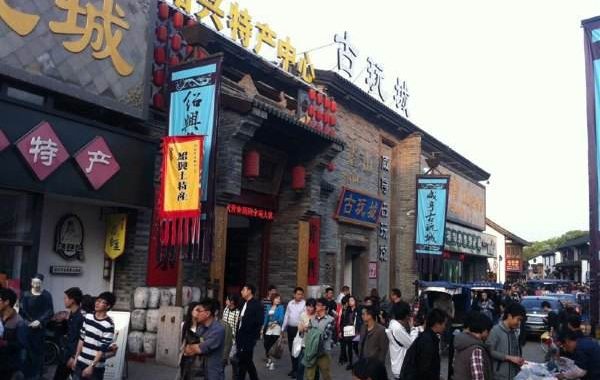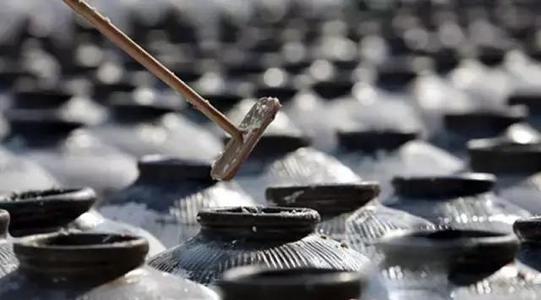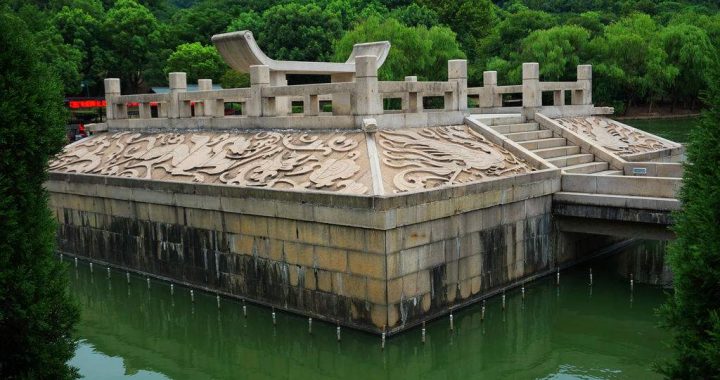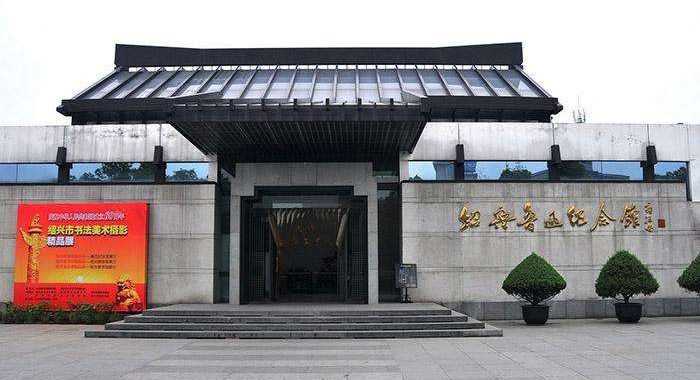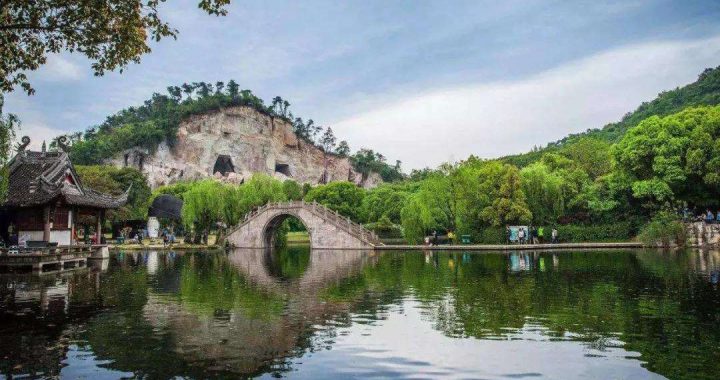Shaoxing, the City of the Literati and History
6 min readShaoxing’s history is that of China’s cultural heritage. The city has welcomed cultural heroes of all stripes, from social reformers like Lu Xun to wistful poets sipping Shaoxing’s famed wine on the banks of a lazy stream.
Just 43 miles (70 km) away from Hangzhou Shaoxing is sheltered by Kuaiji Shan and nestled in Zhejiang atmosphe Zhejiang Province’s rich Yangtze fed waterways. The architectural style and atmosphere is typical Jiangnan, which means south of the Yangtze. White walls punctuated with black tiles line narrow cobbled streets, and when harried city dwellers dream of an a idyllic paradise and plan so home to many of China’s most renowned scholars, writers and their retirement, they often picture Shaoxing. But more than quiet city, Shaoxing is als poets. The city draws learned tourist seel king to glimpse of China cultural past.
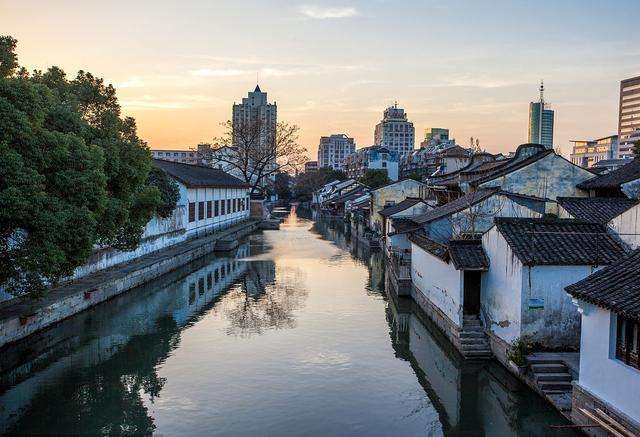
It’s easy to imagine what Shaoxing was like hundreds of years ago.
No city in China can claim to be the hometown of as many nationally known personalities as Shaoxing. Yu the Great (DaYu) was one of China’s mythical early chiefs, whose reputation and reverence is on par with England’s King Arthur. He’s credited with teaching the Chinese people how to tame the rivers and control floods. His son followed his father’s footsteps by founding the first Chinese dynasty in the 22nd century BC. Yu the Great’s tomb lies in Shaoxing visitors still come to pay their respects; the former Ming governor of Shaoxing wrote emorial tablet at his tomb. During the Ming dynasty, a representative of the empire would come and perform ceremonial rituals in his honor.
Orchid Pavilion(lanting)is7.8 miles(12.5km)southwest of Shaoxing at the foot of Lanzhu Mountain. It’s the site of China’s most famous drinking party and spawned a drinking game that inspired men of letters all over China. In the 4th century AD, Wang Xizhi, a renowned calligrapher, organized a party at Orchid Pavilion. Since poets tend to be romantic souls, they found various ways to entertain themselves in style. Wang Xizhi devised a literary game where the poets would sit on the banks of a small stream then float small cup filled with wine downstream. The poet the cup stopped in front, of had toer composed 3em or drink the wine as a penalty. A mixture of good win and tranquil scenery inspired 3poems that day. Wang Xizhl compiled the poems into an anthologynd wrote its preface, which became the Lanting Preface to the Orchid Pavilion(lan tingji xu).

Ducks and farmers sha
Today Orchid Pavilion is a pilgrimage site for those who daydream of holding their own drinking party. The Goose Pool (echi) is a major sight at Orchid Pavilion, so is the stream where the poets played their game. Wang Xizhi’s’ Memorial Temple(wangyoujun ci is also at this site. One of the pavilions features a memorial tablet written by an emperor in his honor. The Lanting Calligraphy Museum(lanting shafa bowuguan) is good place to check out Wang Xizhis’ flowing calligraphic style.
Quotes
“Stinky tofu, what can I say? It’s tofu and it stinks. Plug your nose and take a bite, you’ll be surprised.”

On Lu Xun Zhong Lu is the Former Home of Lu Xun(Luxun guju), China”s most influential modern writer and essayist. Born in 1881 in Shaoxing, Lu Xun went to Japan to study medicine. His life changed when one night he and other Chinese students were ordered to watch slideshow of Chinese prisoners being executed by Japanese soldiers. His indignation and feeling of helplessness compelled him to become a writer in order to examine why China was so weak and to build a national consciousness. He felt that as a doctor, he could only help one person at a time, but as a writer, he coulld reach the whole ation. To this end, he became a leader of the New Culture Movement, which was a drive atcul tural modernization. In 1918 he wrote the “Diary of a Madman,” moral allegory condemning China’s oppressive Confucian past. His most famous short story is “The True Story of Ah Q. It’s set in Shaoxing and is a morality tale about the shallowness of society.hundreds of years ago. former home and I5 great placuxun inian guan) is across the street from his The Lu Xun Memorial Hall (Luxu bright museum are large exhi session ons with photographs of Lu Xun, early editions of his works and some of his old possessions.
Lu Xun’s family home is a large series of dark buildings grouped around courtyards characteristic of grander buildings of the region. Behind is a vegetable garden that he used as his playground when young. Lu Xun’s old school is also nearby. Built in the manner of a typical private school of the period, it’s reminiscent of the old one-room schools of the West.

A short walk north on Laodong Lu from the home of one of China’s foremost writers is the ancestral home of one of China’s greatest leaders, Zhou Enlai. A veteran revolutionary and refined statesman, Zhou Enlai rose to become premier of the Chinese government renutation nrightnes Because of his reputation for uprightness, he was China’s most beloved politician when he passed away in 1976. Despite never living in Shaoxing himself, it’s considered his ancestral home because it was where his grandfather lived. Inside his ancestral home is an exhibition of his life.
Other famed Shaoxing residents include Xi Shi, a famed beauty of the Warring States period, Song dynasty poet Lu You, revolutionary martyr Qiu Jin who was executed in 1907 for conspiring to topple the Qing dynasty, and Cai Yuanpei, dean of the prestigious Peking wcult University during the New Culture Movement.
Shaoxing is known for more than its people, though Shaoxing wine is famed throughout delight. The wine is made from glutinous rice and is distilled to a low alcohol content, which is a blessing for those we had enough of fiery Chinese spirits. Perhaps only an have therapeutic effects like aiding digestion. The most famous brands today are Guyuelong Shan and Kuaiji Shan. The wine amous during the Qing dynasty and one mall restaurant has been mmortaliz because Xun wrote a short story about the decline of the scholarly class. Once the elite of Chinese society, by the end of the Qing dynasty many intellectuals were reduced to mere paupers. In his story, Kong Yiji, a failed scholar and an alcoholic, visits small restaurant called Xianheng(xianheng) for cup of wine and dish of huixiang beans henever an scrounge up enough money. Lu Xun set his story in Shaoxing and based sg on the restaurants near his nome. A real Xianheng opened its doors not long after his story was published. Today the restaurant retains its turn-of-the century atmosphere; from the furniture and decor to the recipes, everything has been restaurant Many visiting tourists have a small meal and a bottle of Shaoxing wine at this rant and locals claim that everyone in Shaoxing has eaten here least once.
Being a water city it’s natural that Shaoxing would have many bridges and waterways.
Over 4, 000 stone bridges crisscross the waterways connecting the city’s roads. The waterways are filled with tiny sampans with black awnings, called wupeng, which are unique to Shaoxing. Despite being extremely narrow they can seat five to six people. Built low, these boats give passengers a reeling of sitting precariously on the water. The rowers wearr with their free hands. Sitting in a wupeng while watching the street scenes float by traditional Shaoxing wuzhan hats (wizhan mao and row using their feet and steer is a defining Shaoxing experience.
